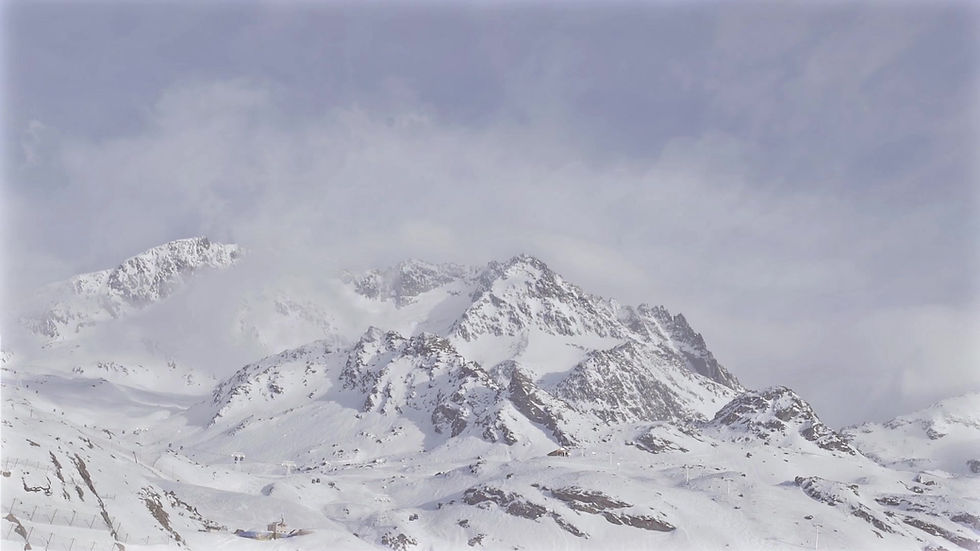top of page


אדריכל הנוף חיים לטה, גן ונוף
טל אלון – מוזס
כיום, שמו של חיים לטה כמעט ונשכח, אפילו בקרב עמיתיו – גננים, אדריכלי נוף וחוקרי הנופים
המעוצבים של ישראל. בשנת 1975 התפרסם לטה לרגע כאשר הוענק לו הפרס היוקרתי עבור מפעל חיים באדריכלות נוף על שם אברהם קרוון. הייתה זו הכרה צנועה בהישגיו של הגנן, אדריכל הנוף, המדריך והכותב הפורה, שנולד בגרמניה בראשית המאה העשרים, עלה לארץ ישראל בשנות העשרים, והשפיע רבות על יצירת הגנים והנוף בישראל עד למותו בשנת 1988.
On, In, and Within a Place
Six Modes of Operation in Israeli Conceptual Art and Landscape Architecture in the 1970s
Efrat Hildesheim, Tal Alon-Mozes, and Eran Neuman
This article examines six modes of operation on, in, and within a place in Israeli conceptual art and landscape architecture. These modes—action-in-place; intervention; place-making; representation; readymade; and second-nature—maintain landscape architecture’s conception of a genius loci, the spirit of the place. They also attend to place as a new and critical means of operation in the 1970s emerging field of conceptual art. This article explores diverse attitudes and motivations for operating with/in place, as it became a fundamental issue in the international arena in the 1970s, in relation to Israeli cultural, political, social, and environmental concerns. In the context of the period’s sociopolitical turmoil and ideological controversy, the article’s two focal points—the six-mode perspective and the disciplines’ attitude toward place—complement each other and attend to the manifold aspects of place (ha-Makom) in Israel, while highlighting its intricacy.
The landscape of Route 854 in Israel’s Galilee: Integrating nature, construction, and art in the service of a national project
Efrat Hildesheim and Tal Alon-Mozes
The article unfolds a micro-narrative historical case study that explores the process of building Route 854 and the intricate relations between landscape architecture and highway design. Employing a critical-historical inquiry based on a qualitative discourse and extensive archival research, it examines a process of planning, design, and construction over two decades, from 1976 to 1996. In the context of national development and the state’s roads network, the emergence of environmental awareness, and the expansion of landscape architecture’s disciplinary boundaries, the article addresses four themes: statutory and preliminary planning; landscape architecture and hardscapes; softscapes and vegetation design; the joint work of environmental artists and landscape architects in quarries rehabilitation. Revealing Route 854 as a milestone in Israeli highway-landscape planning, the article articulates the key role of landscape architects in landscape rehabilitation, their mediating position between planning agencies and the environmentalists, and between associated disciplines, including planning, engineering, design, art, and environmental activism.
Landscape and Ideology: the Emergence of Vernacular Gardening Culture in Pre-state Israel
Efrat Hildesheim and Tal Alon-Mozes
The article unfolds a micro-narrative historical case study that explores the process of building Route 854 and the intricate relations between landscape architecture and highway design. Employing a critical-historical inquiry based on a qualitative discourse and extensive archival research, it examines a process of planning, design, and construction over two decades, from 1976 to 1996. In the context of national development and the state’s roads network, the emergence of environmental awareness, and the expansion of landscape architecture’s disciplinary boundaries, the article addresses four themes: statutory and preliminary planning; landscape architecture and hardscapes; softscapes and vegetation design; the joint work of environmental artists and landscape architects in quarries rehabilitation. Revealing Route 854 as a milestone in Israeli highway-landscape planning, the article articulates the key role of landscape architects in landscape rehabilitation, their mediating position between planning agencies and the environmentalists, and between associated disciplines, including planning, engineering, design, art, and environmental activism.
bottom of page







